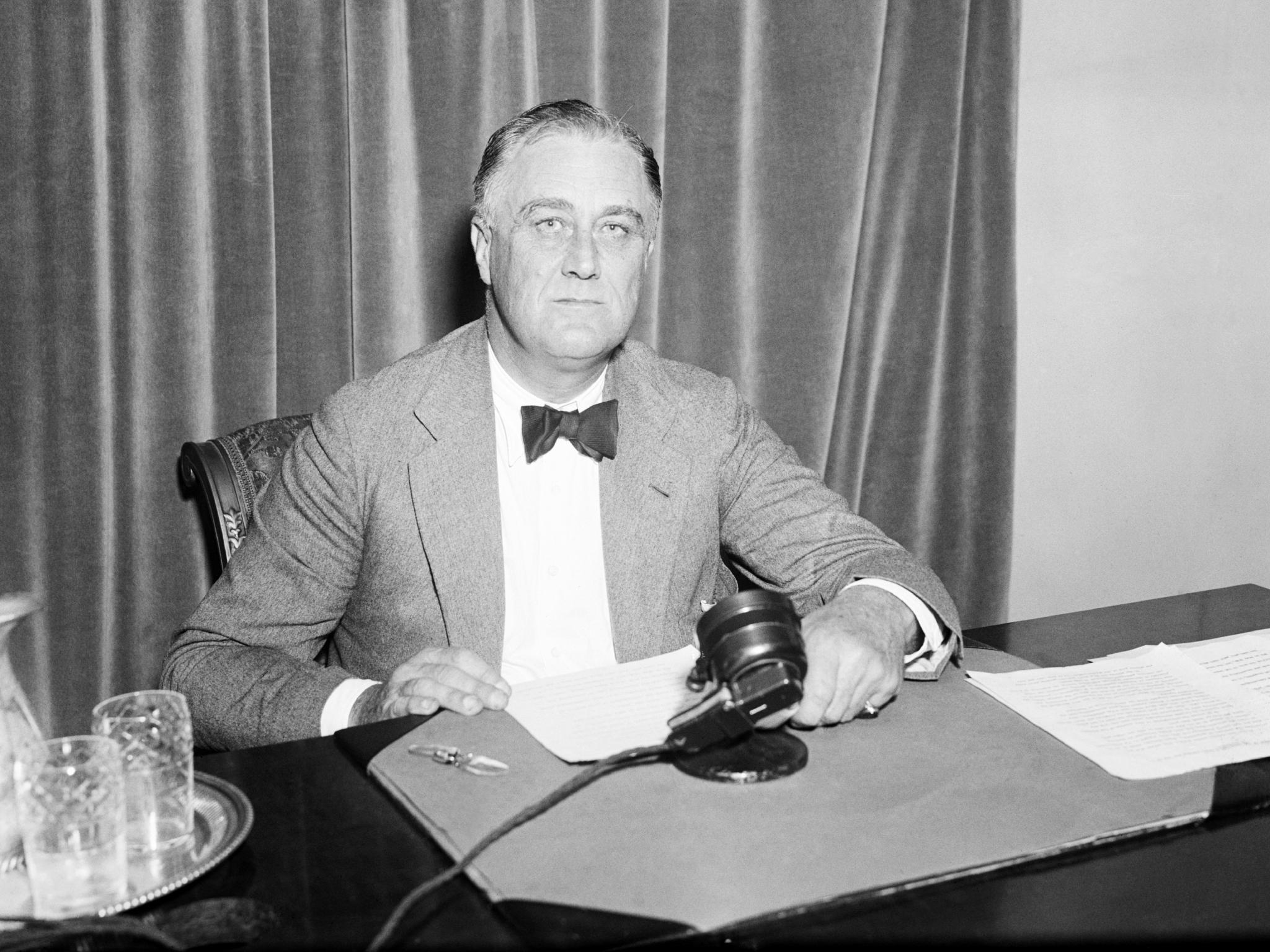
Each day, Benzinga takes a look back at a notable market-related moment that occurred on this date.
What Happened? On April 13, 1945, stocks traded higher after U.S. President Franklin D. Roosevelt died in office.
Where The Market Was: The Dow finished the day at 159.75. The S&P 500 traded at around 14.50.
What Else Was Going On In The World? In 1945, 50 nations joined together to form the United Nations. Roosevelt’s successor in office, Harry Truman, ordered the U.S. military to drop the first-ever atomic bomb on Japan, effectively ending World War II. In the U.S., a girl’s toy dollhouse costs $3.19.
The End Of The Roosevelt Era: After four critical terms in office that saw the U.S. navigate the Great Depression and World War II, FDR collapsed in his Georgia retreat after complaining of extreme pain in the back of his head.
The president fell unconscious at about 1 p.m. on Thursday, April 12. First Lady Eleanor Roosevelt, who was in Washington, D.C. at the time, was notified of the incident immediately over the phone and had planned to come to visit FDR that evening.
Unfortunately, by 3:30 p.m. on April 12, the president had been pronounced dead.
FDR’s death paved the way for Vice President Harry Truman to take over, and investors weren’t as rattled by the news as one might think. In fact, the market seemed optimistic a change in leadership may create the opportunity for a new era of prosperity in the U.S. Once news spread of Roosevelt’s death, the Dow Jones gained nearly 1% on Friday, April 13.
Photo: Harris & Ewing, photographer (Library of Congress)







